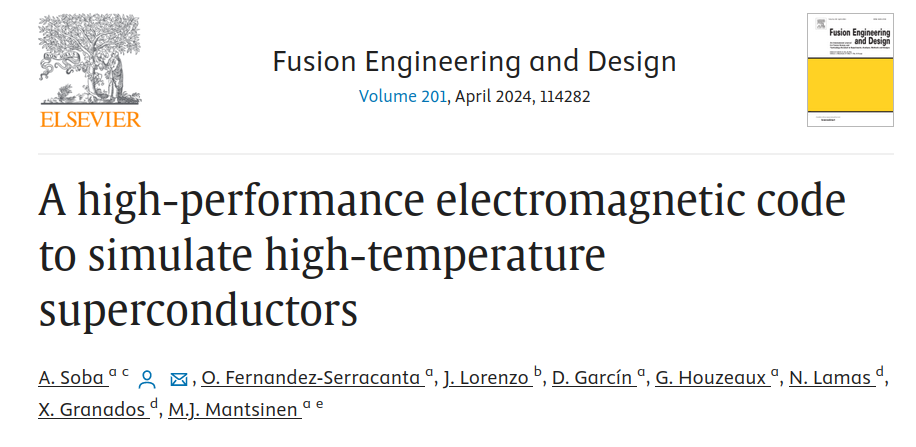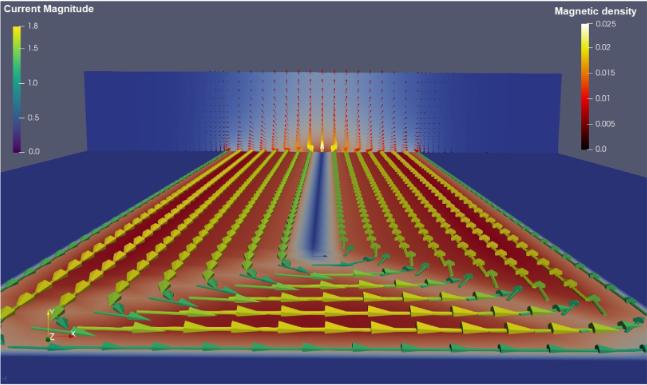
In the realm of computational research, a new tool for HTS simulation has emerged: MAGNET. MAGNET stands as a revolutionary module designed for simulating the magnetic behavior of High Temperature Superconductors (HTS). Embedded within the renowned Alya suite, a software developed by the Barcelona Supercomputing Center (BSC) and optimized for High-Performance Computing (HPC), MAGNET has recently undergone benchmarking that unveils its potential.
At its core, MAGNET addresses a critical need in the field of HTS research. HTS pose significant manufacturing challenges, making simulations before commissioning an indispensable step for ensuring industrial viability. By leveraging MAGNET, researchers can simulate and analyze the complex magnetic properties of HTS materials with unparalleled precision and efficiency.
One of the most striking features of MAGNET is its scalability. The module demonstrates exceptional performance, capable of harnessing the computing power of up to 1024 processors on MareNostrum 4 supercomputer. This scalability not only accelerates simulations but also opens doors to tackling larger and more complex HTS systems with ease.
MAGNET employs an innovative H-formulation specifically tailored for HTS simulations, ensuring convergence with edge finite elements method. Additionally, the implementation of an Eddy Current Model (ECM), which relates current density (J) to the electric field (E) of the superconducting material via a power law, enhances the accuracy of simulations. To achieve more realistic simulations, a critical current (J_c) as a function of the temperature, magnetic field modulus and angle is available. Furthermore, MAGNET supports both 2D and 3D simulations, offering flexibility and adaptability to diverse research needs.
The benchmarking efforts have focused on a THEVA tape, a superconducting material composed of Rare Earth Barium Copper Oxide (REBCO). This choice reflects the importance of understanding the behavior of practical HTS materials, laying the groundwork for real-world applications. In the process, two configurations were meticulously tested: BULK and STACK. The former considers non-zero Z-resistivity, while the latter assumes negligible resistivity in the Z-axis. Through a rigorous comparison with experimental data, MAGNET demonstrates remarkable agreement in key parameters such as dissipated power and magnetic density field profiles.

Addressing concerns about border effects, simulations were conducted for various tape lengths. The results revealed no significant discrepancies, effectively dismissing concerns related to border effects arising from tape length variations. This finding underscores the robustness and reliability of MAGNET in capturing the intricacies of HTS behavior across different geometries and configurations.
In conclusion, the benchmarking of MAGNET heralds a new era in HTS simulation, empowering researchers with a powerful tool for unraveling the mysteries of superconductivity. As computational capabilities continue to advance, MAGNET stands poised to drive innovation and accelerate the development of HTS technologies, paving the way for groundbreaking advancements in various fields.
The full journal paper written by our group member Alejandro Soba together with our ex-group members Oriol Fernandez-Serracanta, José Lorenzo, Diego Garcin, our group leader Mervi Mantsinen and collaborators can be found at the following link.
The work has been carried out with financial support of the FusionCAT project and a grant PID2019-110854RB-I00 funded by MCIN/AEI/10.13039/501100011033.
The FusionCAT project with file number 001-P-001722 has been 50% co-financed with €1.960.963,66 by the European Union Regional Development Fund within the framework of the ERDF Operational Program of Catalonia 2014-2020 with support of Generalitat of Catalonia.

